In an age when algorithms design our clothing and factories churn out thousands of identical objects every hour, a deeper question confronts us: What is the true value of what we buy?
At first glance, the difference between a mass-produced mug and a hand-thrown ceramic cup might seem trivial. But that contrast—between the handmade and the manufactured, the crafted and the commodified—reflects a profound cultural and economic divide.
At its heart, the question of craft vs. commodity is about identity, sustainability, human dignity, and the future of tradition—values that an increasing number of consumers are now actively seeking.
The global handmade market has surged in recent years, now valued in the hundreds of billions, with projections nearly doubling within the next decade.
This growth reflects more than just changing tastes—it marks a rising wave of ethical consumerism.
Yet even with this momentum, the reality behind the numbers remains stark, because the vast majority of those handmade sales are not fair trade—a differentiation that will require increased education and awareness to remedy.
Globally, most artisans still earn a fraction of what their work is worth, caught in systems that reward volume over value.
So while the market for handmade goods is rapidly expanding, the promise of equitable opportunity has yet to fully materialize.
Still, the shift is real. The renewed interest in handmade goods—when paired with greater clarity about the need for fair trade—has the potential to fundamentally reshape how we view slow goods: not simply as luxuries, but as ethical investments in human creativity, cultural preservation, and a more intentional way of living.
Fortunately, fair trade products are now widely accessible across most categories for consumers actively seeking more responsible choices.
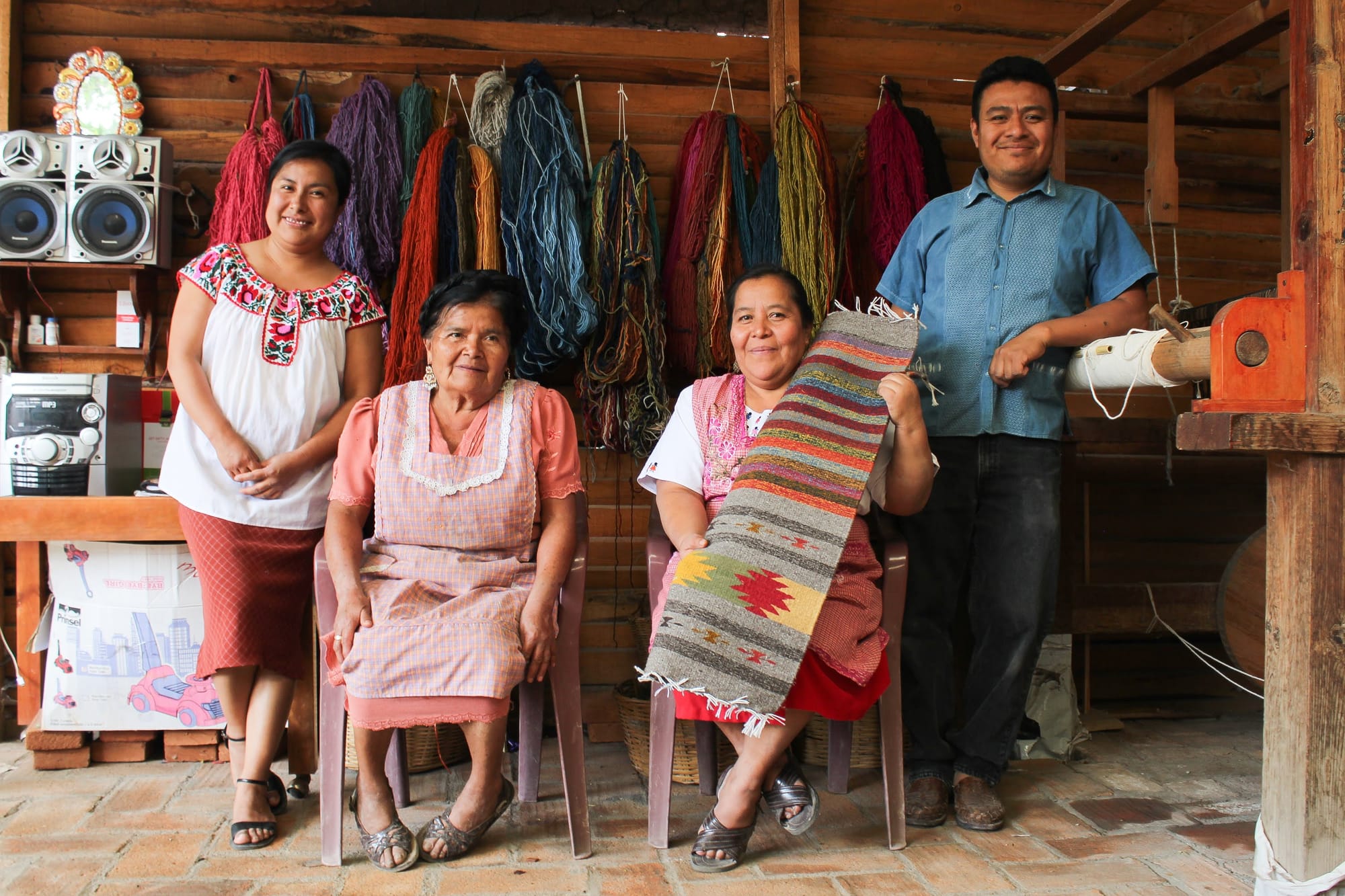
Reviving Heritage
Historically, artisans were the bedrock of community economies. Their work was both functional and cultural.
A Zapotec rug from Oaxaca, a wax-resist batik from Java, or a hand-carved Akuaba mask from Ghana wasn’t merely decoration, but a message passed through generations.
Over the last hundred years, however, as industrialization spread and accelerated, handmade goods were increasingly priced out, scaled out, and drowned in a sea of sameness.
Mass production ushered in uniformity, initially celebrated as a modern virtue—a promise of consistency and convenience.
Along with that shift in values came the rise of advertising, which continues to perfect its sway on consumer thought.
Sameness has become deeply embedded in our culture, a result of generations conditioned to crave identical symbols of status—designer bags that serve as walking advertisements, sneakers driven by fleeting trends, and mass-produced cars that promise individuality but deliver conformity.
For many artisans, the sweeping shift toward mass manufacturing has disrupted generational economies and endangered entire crafting traditions.
Younger generations are often opting—or rather, being economically forced—to abandon time-honored skills in favor of wage labor or urban migration.
It's hard to carry on a legacy when that legacy can’t put food on the table.
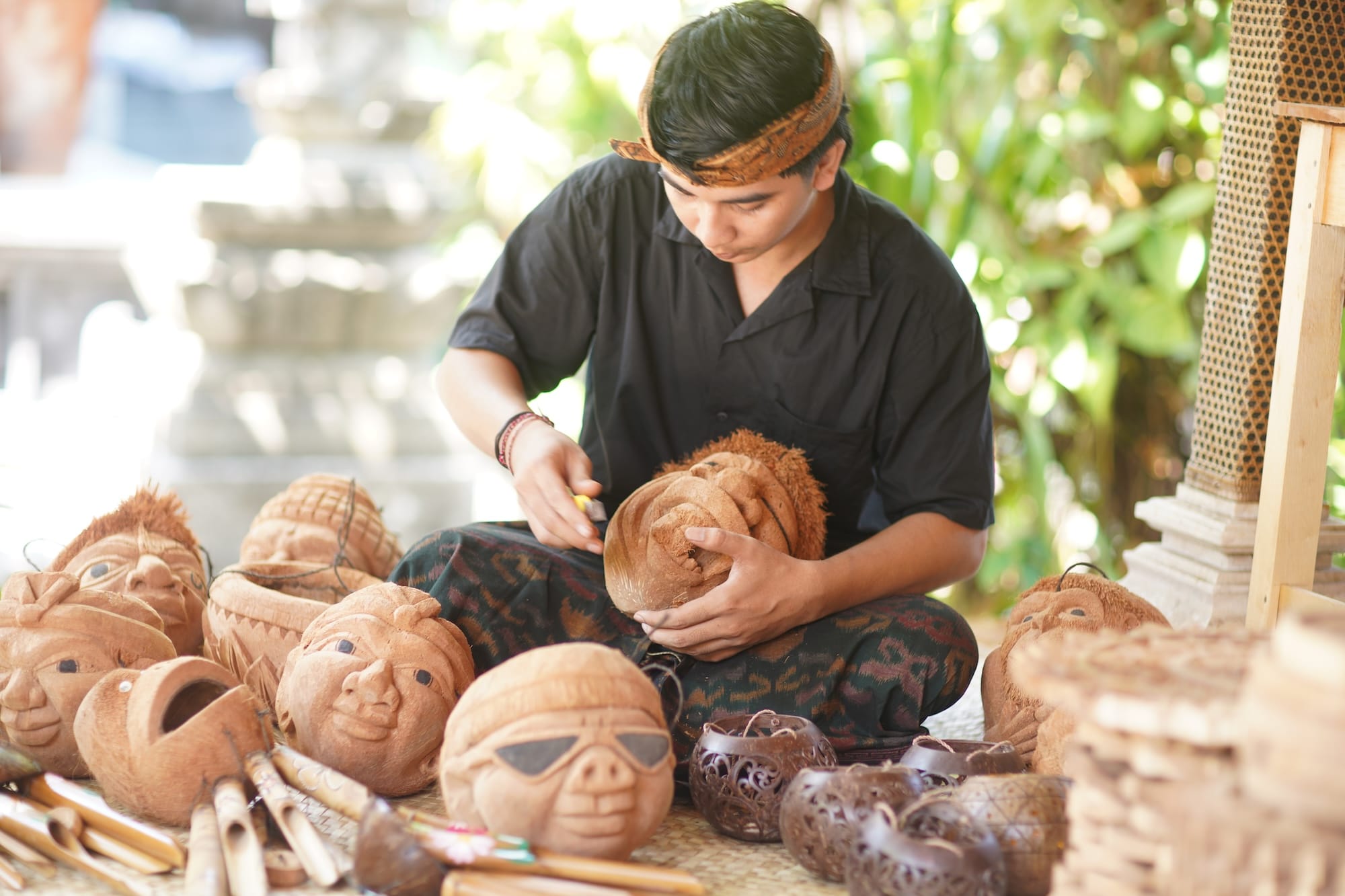
Resisting Commodification
Commodities are built for speed. Handcrafts are built for meaning. Whether it’s a T-shirt from a fast-fashion retailer or a lamp from a big-box store, commodities prioritize efficiency, low cost, and consistency above all else.
Affordability and access do matter, but when this approach dominates every corner of commerce, something vital is lost.
The “how cheap, how fast, how much?” approach can be ruthless. It largely erases provenance. It turns the deeply personal into the profoundly impersonal.
A shirt isn’t “hand-embroidered by Ana Luiza in Brazil,” it’s SKU#2893B, made under unknown conditions in an anonymous facility.
A bracelet doesn’t reflect “a centuries-old Maya jewelry tradition,” it’s a trending accessory in an age of planned obsolescence, destined for a landfill when advertising redirects attention elsewhere.
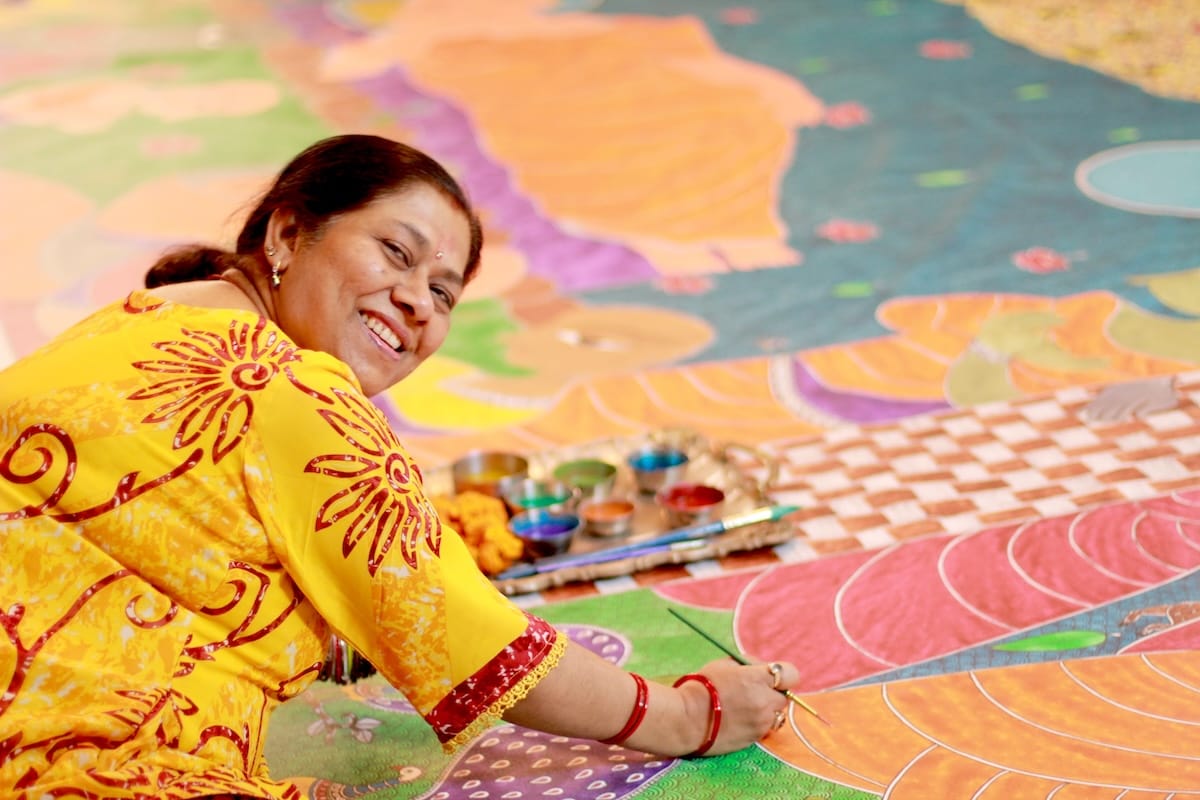
Fair Trade as Lifeline
In the last several decades, artisan-focused fair trade platforms including Novica and Handmade.com have emerged as increasingly powerful counterweights to the exploitative tendencies of commodification, while a growing cadre of mass manufacturers like Patagonia and Ben & Jerry’s have commendably shifted their procurement and manufacturing models to fair trade.
The rise of such alternatives was significantly catalyzed by the pivotal Nike labor scandal of the 1990s, marking the beginning of a new era of consumer awareness about sweatshop labor.
For many, this was a turning point—a moment when the human cost behind low prices became impossible to ignore.
It sparked a growing movement of conscious consumption, bringing global brands under scrutiny, encouraging many to rethink their supply chains, and forcing everyday buyers to confront the reality that our shopping habits can perpetuate exploitation—or help dismantle it.
Handmade e-commerce marketplaces have emerged as unique storytelling engines, cultural bridges, and economic ecosystems designed to restore the value of handmade goods.
When a consumer buys a handpainted silk scarf or cultural sculpture on Novica, for example, they see the artisan’s photo, learn the artisan’s name, read about their heritage, and understand how and why the piece was made.
That intimacy—the opposite of the faceless commodity chain—is what helps bring handmade to life, transforming each purchase into a meaningful exchange between maker and buyer.
In that moment, commerce becomes connection, and tradition finds new breath in the hands of the present. Lives are uplifted on both sides of the equation.
Beyond cultural appreciation, fair trade platforms deliver what matters most: fair compensation. When traditional crafts become economically sustainable, their chances of survival increase dramatically.
Profitability helps preserve cultural legacies.
Notably, fair trade can also reduce migration, because younger generations are more likely to remain in their communities when they can earn a reasonable living there.
Meanwhile, makers—human beings rather than machines—regain the opportunity to thrive.
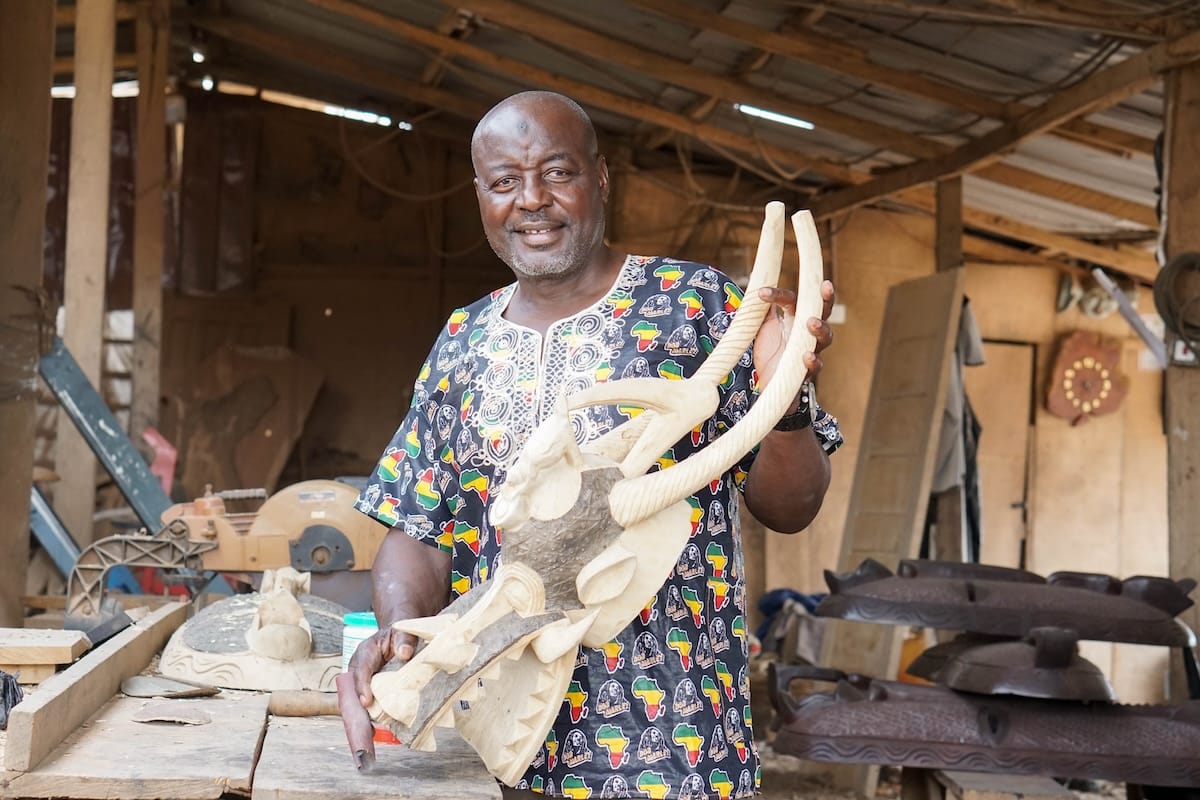
Craft as Resistance
Choosing craft over commodity can reflect a nostalgia or aesthetics preference, but it is also a political statement for many.
I choose people over profit. I choose story over sameness. I want to know who made what I bring into my life—and I want that choice to matter.
In a world driven by speed and disposability, embracing fair trade and handmade is an act of care, of conscience, and of connection.
In a market system that incentivizes disposability and invisibility, the handmade object dares to be unique and durable.
It demands time—time to create, and time to appreciate. It carries imperfections, but also curious fingerprints. It becomes an heirloom, rather than a castoff.
One of the challenges artisan communities face is navigating the line between preserving tradition and adapting to new markets.
Should a basket maker in Uganda keep to precolonial weaving patterns, or incorporate contemporary colors and shapes into heritage designs to appeal to a wider audience?
What if a weaver in India adjusts the classical shape of her traditional tunics to better accommodate the fitting preferences of Western buyers?
Is a hill tribe silversmith in Thailand still preserving tradition if she uses modern tools or shifts from tribal patterns to her own unique designs?
These aren’t easy questions.
Many skeptics see adaptation as betrayal, while others view change as a necessary evolution to preserve at least the essence of ever-evolving, living legacies.
Some contend that, like language, craft must change to survive in the long term, and that, unlike commodification, adaptation can honor lineage while inviting innovation as a form of cultural continuity, rather than cultural compromise.
The debate is far from settled, but in an ideal world, evolution and cultural continuity could coexist — and, in a deeper sense, might even prove synonymous.
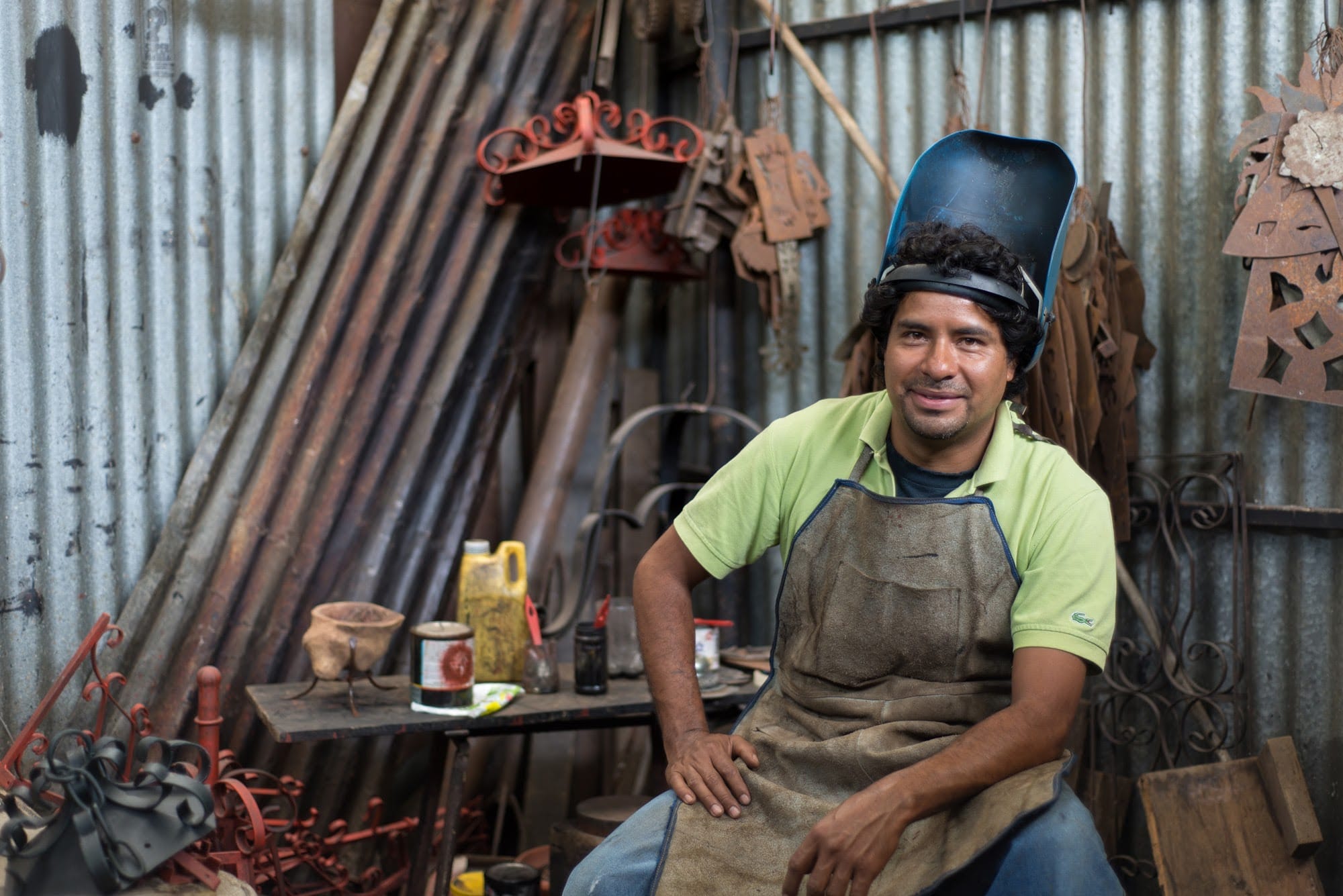
A Return to Meaning
Handmade represents what many of us crave now more than ever as the big-box world closes in: slowness, intentionality, authenticity. A return to names, faces, and stories.
It is telling that amid our digital acceleration, we are witnessing a significant growing interest in analog crafts—from hand-thrown pottery workshops to block-printing classes, to the massive overall growth in handmade sales ranging from unique jewelry to ethical apparel and handmade home decor.
In our commodified world, choosing handmade goods becomes a quiet act of resistance and rehumanization.
It invites us to step off the conveyor belt of sameness and into a space of individuality, connection, and respect—for culture, for the planet, and for each other.
When we purchase a handmade, fair trade object, we make a choice: to support culture and dignity rather than uphold a system of erasure.
By honoring makers, we help preserve a vital thread in our shared human legacy. If we want a future that values people, place, and tradition over algorithmic sameness, then choosing handmade isn’t optional anymore—it’s essential.









